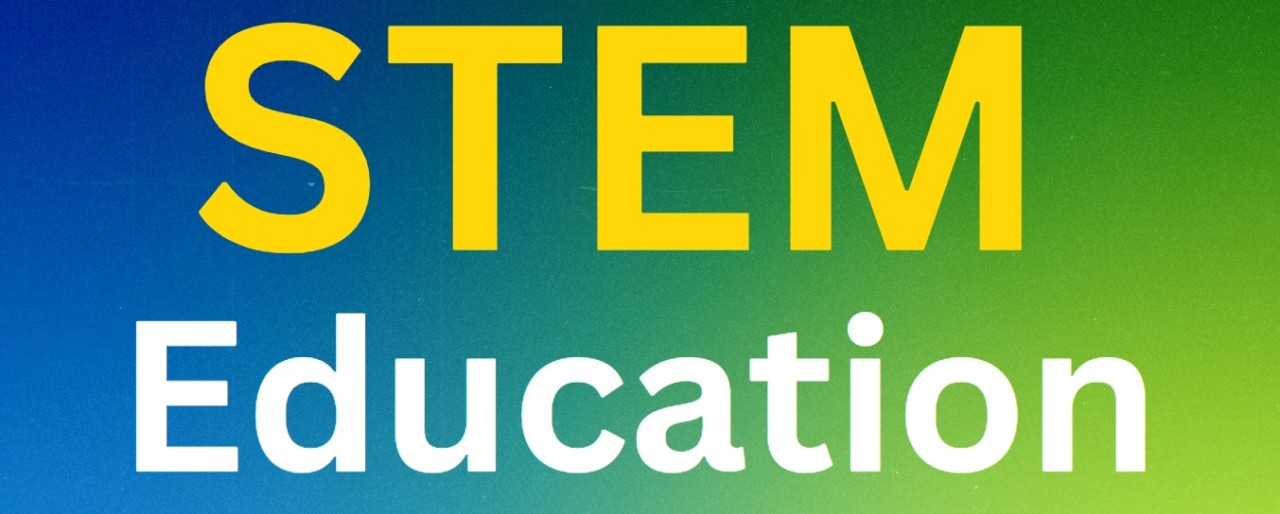Understanding equity and inclusion
In our journey towards a harmonious society, it is crucial to understand the concepts of equity and inclusion. Equity refers to fairness and justice, ensuring that everyone has equal access to resources, opportunities, and privileges. Inclusion, on the other hand, is the act of embracing diversity and creating an environment where all individuals feel valued, respected, and empowered. Together, equity and inclusion form the foundation for building a society that thrives on diversity, compassion, and collaboration.
The importance of equity and inclusion in society
Equity and inclusion are not mere buzzwords; they are essential for the well-being and progress of individuals and communities. When equity is upheld, all individuals have equal opportunities to succeed, regardless of their background or circumstances. This fosters a sense of justice and empowerment, enabling individuals to reach their full potential and contribute meaningfully to society. Inclusion, on the other hand, ensures that no one is left behind or excluded based on their race, gender, ethnicity, disability, or any other characteristic. It promotes a sense of belonging and acceptance, creating a safe and nurturing environment for everyone.
The impact of equity and inclusion on individuals and communities
When equity and inclusion are prioritized, the positive impact is far-reaching. Individuals who experience equity and inclusion in their lives are more likely to have higher self-esteem, better mental health, and improved overall well-being. They are more motivated to pursue education, employment, and personal growth opportunities. In turn, this leads to stronger and more vibrant communities, where diversity is celebrated and harnessed as a source of strength. When everyone feels included and valued, social cohesion is enhanced, and conflicts are minimized. This paves the way for a harmonious society where individuals can thrive and work together towards common goals.
Barriers to achieving equity and inclusion
While equity and inclusion are desirable goals, there are several barriers that hinder their achievement. Discrimination, prejudice, and unconscious biases play a significant role in perpetuating inequalities and exclusion. Structural barriers, such as lack of access to education, healthcare, and employment opportunities, also contribute to the disparities in society. Additionally, societal norms and attitudes that marginalize certain groups further impede progress towards equity and inclusion. It is crucial to recognize these barriers and actively work towards dismantling them in order to create a more equitable and inclusive society for all.

Strategies for promoting equity and inclusion
Promoting equity and inclusion requires a multi-faceted approach that involves individuals, communities, organizations, and governments. Education and awareness play a pivotal role in challenging stereotypes, biases, and discriminatory practices. By promoting diversity education in schools and workplaces, we can cultivate empathy, understanding, and appreciation for different cultures, experiences, and perspectives. Creating safe spaces where individuals can freely express themselves and share their stories is also crucial for fostering inclusion. Moreover, organizations and governments must implement policies and initiatives that promote diversity and inclusion, such as affirmative action programs and anti-discrimination laws.
Government policies and initiatives for promoting equity and inclusion
Governments have a vital role to play in promoting equity and inclusion. They can enact policies and initiatives that address systemic inequalities and provide equal opportunities for all citizens. This can include measures such as ensuring access to quality education, healthcare, housing, and employment. Governments can also lead by example by implementing diversity and inclusion programs within their own institutions. By doing so, they send a powerful message that equity and inclusion are fundamental values that should be embraced by all members of society.
Promoting equity and inclusion in the workplace
The workplace is a crucial arena for promoting equity and inclusion. Employers can create inclusive environments by adopting inclusive hiring practices, providing equal pay for equal work, and offering opportunities for career advancement to all employees. Training programs on diversity, unconscious bias, and cultural competence can also help foster an inclusive work culture. Additionally, employee resource groups and affinity networks can provide support and a sense of belonging for underrepresented groups. By prioritizing equity and inclusion in the workplace, organizations can not only attract and retain top talent but also enhance creativity, innovation, and productivity.
Building inclusive communities
Creating inclusive communities requires collaboration and active engagement from all members. Community organizations and leaders can organize events and initiatives that celebrate diversity and promote understanding among different groups. Building bridges between diverse communities through dialogue and cultural exchange can help break down barriers and foster a sense of unity. It is also important to ensure that public spaces, such as parks, libraries, and community centers, are accessible and welcoming to all individuals. By nurturing inclusive communities, we create spaces where everyone feels valued, respected, and connected.
